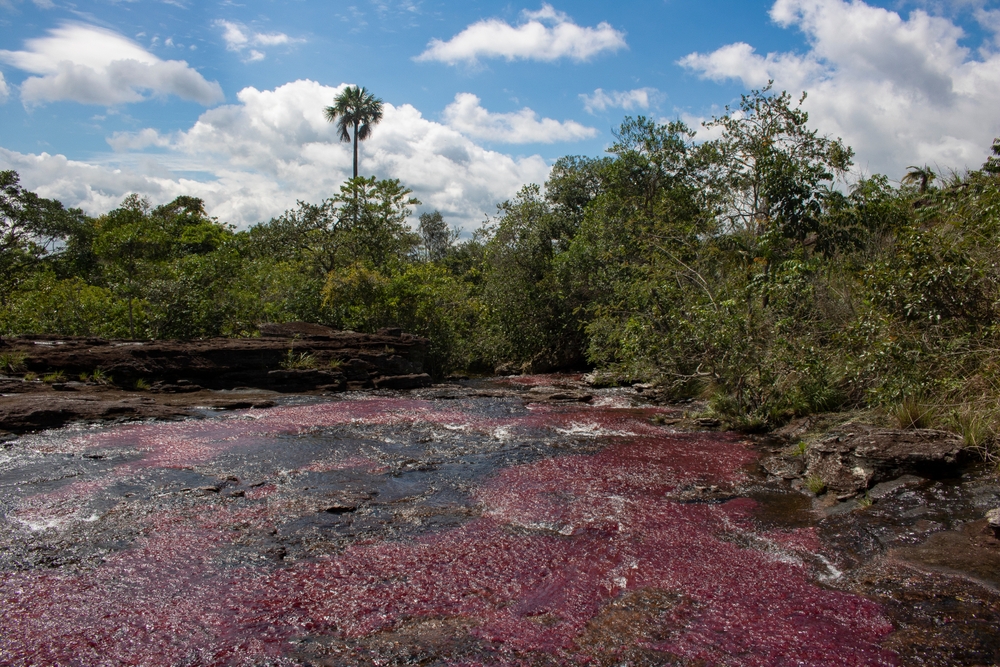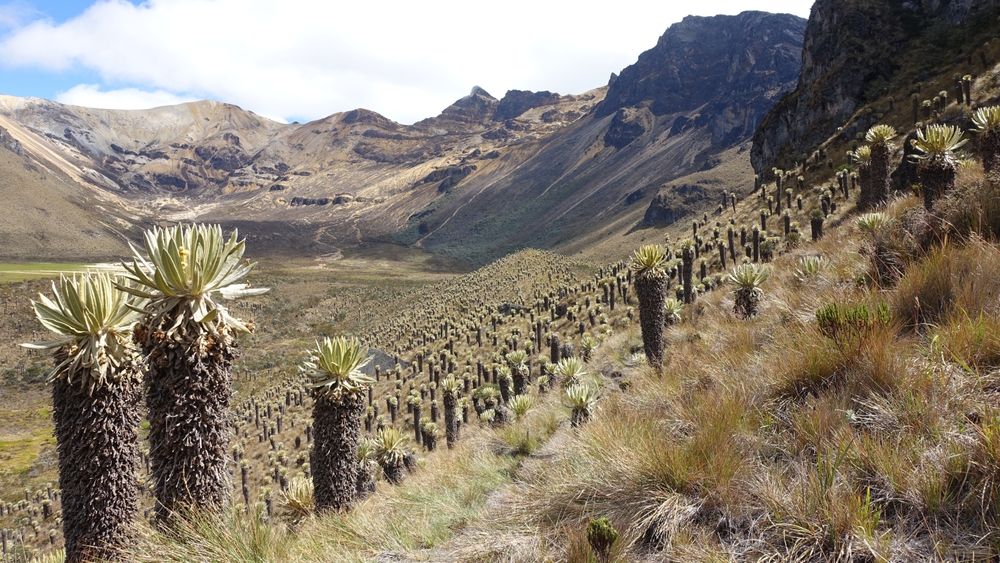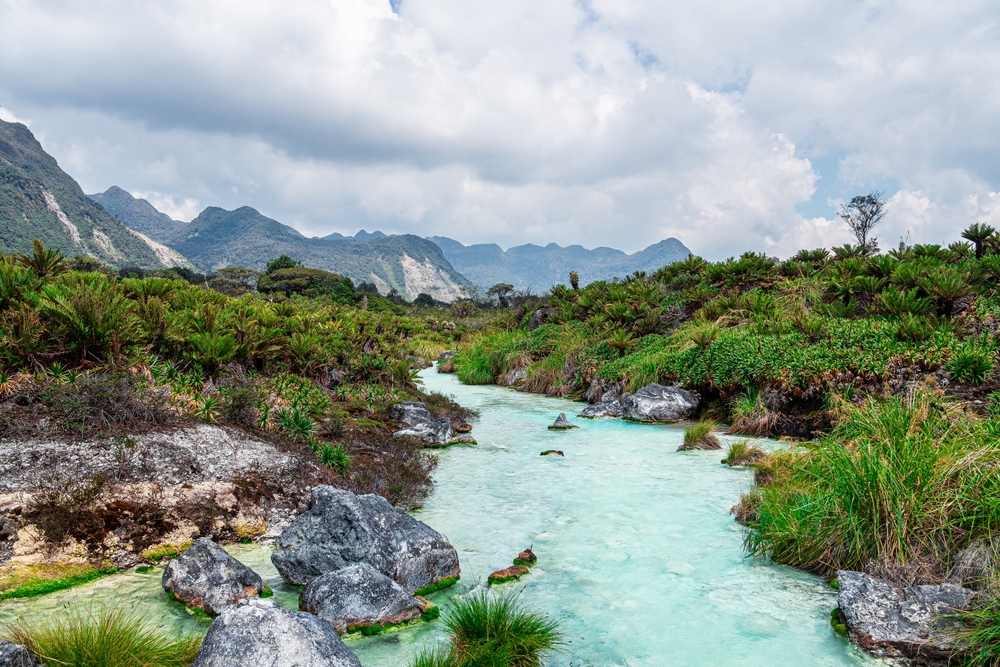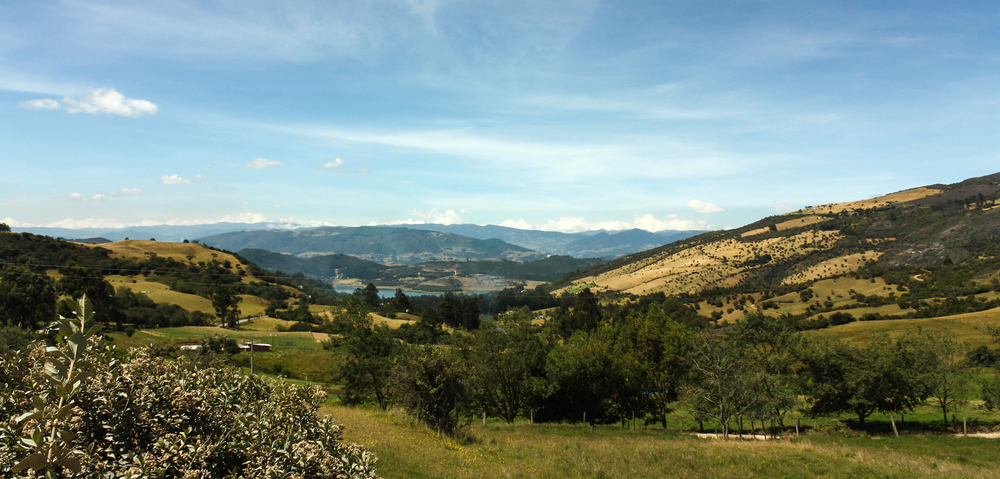Sumapaz Overview
Sumapaz National Park, known as Parque Nacional Natural Sumapaz in Spanish, is a vast protected area in central Colombia. Covering approximately 852 square miles (2,211 square kilometers), it is located in the Andean region, primarily in the departments of Cundinamarca, Meta, and Huila.
The park is part of the Eastern Cordillera of the Andes and lies just south of Bogotá, making it one of the most accessible high-altitude ecosystems in the country. As the largest páramo ecosystem in the world, it serves as a crucial water source, supplying Bogotá and surrounding areas with fresh water through its extensive wetlands, lagoons, and rivers.
The landscape of Sumapaz National Park is dominated by rolling páramo grasslands interspersed with glacially formed lakes, deep valleys, and rugged mountain peaks. Cerro Nevado del Sumapaz, the highest peak, rises to an elevation of around 14,763 feet (4,500 meters), offering breathtaking views of the surrounding terrain.
The park features numerous lagoons, including Laguna Chisacá and Laguna Los Tunjos, which reflect the dramatic skies above. The region’s vegetation is unique to the páramo ecosystem, characterized by tall frailejones (Espeletia), which are endemic plants with thick, woolly leaves that help retain moisture in the harsh alpine climate. Other plant species include cushion plants, shrubs, and mosses that thrive in the moist, foggy conditions.
Sumapaz National Park is home to a remarkable variety of wildlife adapted to the high-altitude environment. Among the most notable mammals are the spectacled bear, an elusive and endangered species that roams the páramo in search of food. White-tailed deer and Andean tapirs also inhabit the park, moving through its grasslands and forests.
The Andean condor, one of the largest flying birds in the world, soars over the park’s peaks, while smaller bird species like the bearded helmetcrest hummingbird and the rufous-browed conebill can be seen flitting among the frailejones. Amphibians, including endemic frogs, find refuge in the park’s wetlands, adding to its ecological richness.
Visitors to Sumapaz National Park often come to experience its stunning scenery and remote wilderness. Hiking is one of the most popular activities, with trails leading through the páramo to scenic viewpoints and hidden lagoons.
Birdwatching enthusiasts visit the park to spot its rare and endemic species, while wildlife photographers are drawn by the chance to capture images of the elusive animals that inhabit the region. The park is also an important site for scientific research, as its unique ecosystem provides valuable insights into climate change and biodiversity conservation.
Despite its ecological significance, Sumapaz National Park faces several conservation challenges, including illegal agriculture, livestock grazing, and deforestation. Encroachment by human activities threatens the delicate balance of the páramo ecosystem, which is crucial for water regulation.
However, conservation efforts led by Colombian authorities and environmental organizations have made progress in protecting this vital region. Efforts to restore degraded areas, enforce environmental laws, and promote sustainable tourism have contributed to the park’s long-term preservation.
Park Map
Sumapaz National Park Highlights
Share your clicks with us
Related National Parks More Colombia

El Tamá National Park

Tayrona National Park

Sierra Nevada de Santa Marta National Park

Serranía de los Churumbelos Auka-Wasi National Park

Serranía de Chiribiquete National Park

Serrania de la Macarena National Park

Serrania de Los Yariguies National Park

Pisba National Park

Paramillo National Park











































































